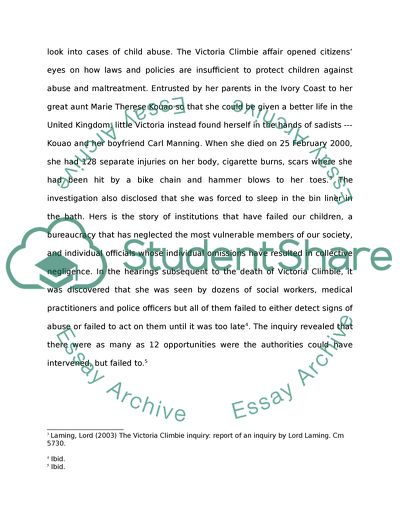Cite this document
(To What Extent Does the Law of England and Wales Recognise a Childs Coursework, n.d.)
To What Extent Does the Law of England and Wales Recognise a Childs Coursework. https://studentshare.org/law/1707492-to-what-extent-does-the-law-of-england-and-wales-recognise-a-childs-autonomy-interest-has-the-law-struck-an-appropriate-balance-between-protecting-childrens-w
To What Extent Does the Law of England and Wales Recognise a Childs Coursework. https://studentshare.org/law/1707492-to-what-extent-does-the-law-of-england-and-wales-recognise-a-childs-autonomy-interest-has-the-law-struck-an-appropriate-balance-between-protecting-childrens-w
(To What Extent Does the Law of England and Wales Recognise a Childs Coursework)
To What Extent Does the Law of England and Wales Recognise a Childs Coursework. https://studentshare.org/law/1707492-to-what-extent-does-the-law-of-england-and-wales-recognise-a-childs-autonomy-interest-has-the-law-struck-an-appropriate-balance-between-protecting-childrens-w.
To What Extent Does the Law of England and Wales Recognise a Childs Coursework. https://studentshare.org/law/1707492-to-what-extent-does-the-law-of-england-and-wales-recognise-a-childs-autonomy-interest-has-the-law-struck-an-appropriate-balance-between-protecting-childrens-w.
“To What Extent Does the Law of England and Wales Recognise a Childs Coursework”. https://studentshare.org/law/1707492-to-what-extent-does-the-law-of-england-and-wales-recognise-a-childs-autonomy-interest-has-the-law-struck-an-appropriate-balance-between-protecting-childrens-w.


